“Did it make you feel like a Spy”? was Hamish’s response to my question regarding whether or not he was interested in a piece about the Minox B. Well, it does. But the fact of the matter is, in most cases, you can point the thing right at people and they do not even realize it is a camera….even when they see it: “What is that thing?”.
But the “miniature” does not stop at the camera itself. It goes on to include the film (three rolls of 36 exposure Minox film can be sliced and hand-rolled from one 36 exposure roll of 35mm film,) and the processing ( only 56 ML of of developer solution needed to fill the tiny Minox daylight developing tank.) So it not only makes you feel like a spy, it also makes you feel like you are Gulliver.
The vital statistics:
- shutter speeds ranging from 1/2 to 1/1000 (B &T included.
- zone focus 8” to infinity
- 3.5 constant aperture 15mm Complan lens.
When new…. and the newest example is now 46 years old, the cameras included a very accurate, coupled, match-needle, selenium cell light meter that could be set from ASA 25 to 400. Miraculously, the meter on my camera works and is still reasonably accurate, but this seems to be the exception, rather than the rule for these old cameras.
As the aperture is a constant 3.5, adjustment of shutter speed (Max 1/1000,) is the only means of exposure control; for this reason, it is best to use film having an ISO of 100 or less if you intend to shoot outdoors……….Well, what I just said is not entirely true. There is one other means of adjusting exposure: fortunately the B does give some additional latitude in exposure control by virtue of a one stop ND filter- one of two ( *green and ND)- that are part of the camera and can be conveniently slide in front of the lens. The meter dial- should your meter actually work- is marked with a small dot to compensate for use of ND filter.
Carrying the camera is no more inconvenient than carrying a pocket knife. It is the camera you can “always have with you.” No kidding. In morning, as I fill my pockets with items I have left on the dresser the night before, the Minox B is always included; during the course of the day I sometimes forget it is there until my fingers touch it as I reach for my keys.
The photos below were taken on Delta 100 film and developed in a 1/50 Rodinal solution. While the Minox does not deliver a high resolution photograph, it does deliver a look that no other camera matches. I do carry the B with me at all times, even when I am carrying 35mm and/or other format equipment. In all cases, the Minox B gets the last shot. I love the unique look. I hope you do too.
*As I understand, all Minox B cameras include the ND filter. Minox began including the ND filter some time during production of the previous model, IIIs. So some IIIs model cameras include the ND filter, while others include only a red and green filter. For the person considering a try at use of Minox sub miniature cameras, the ND filter is a very important consideration.
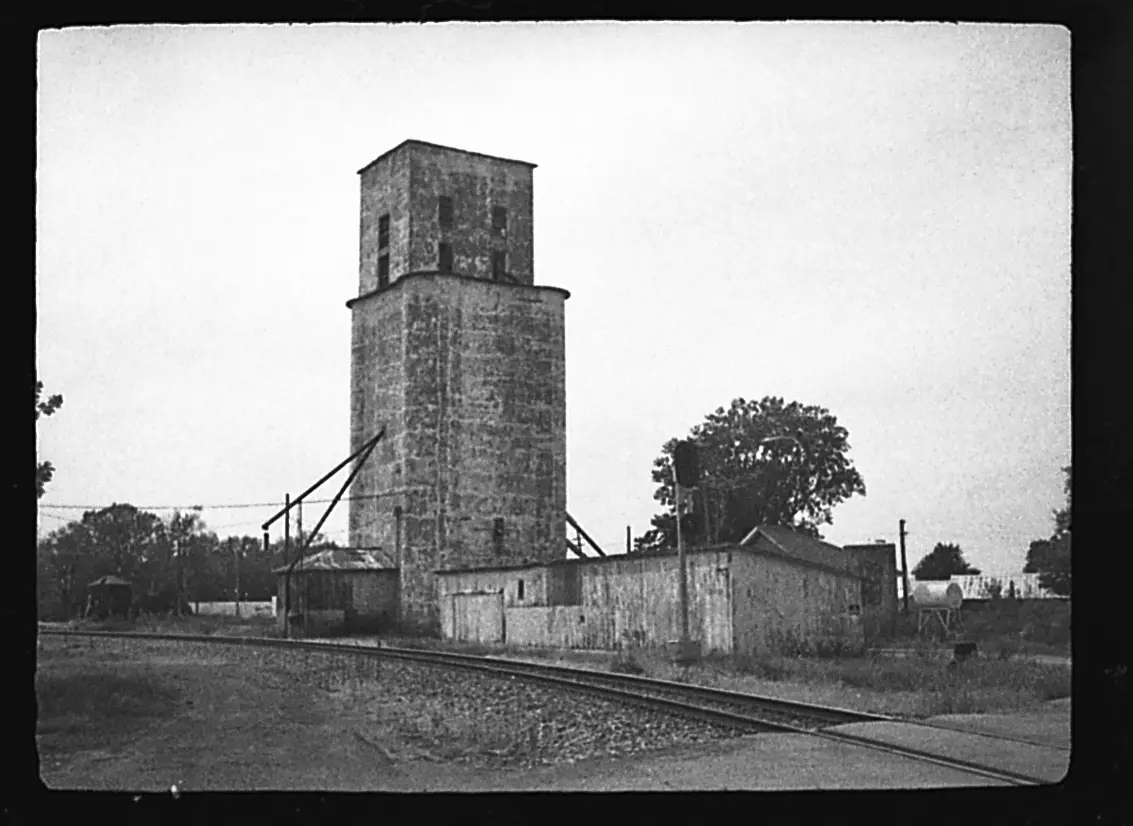
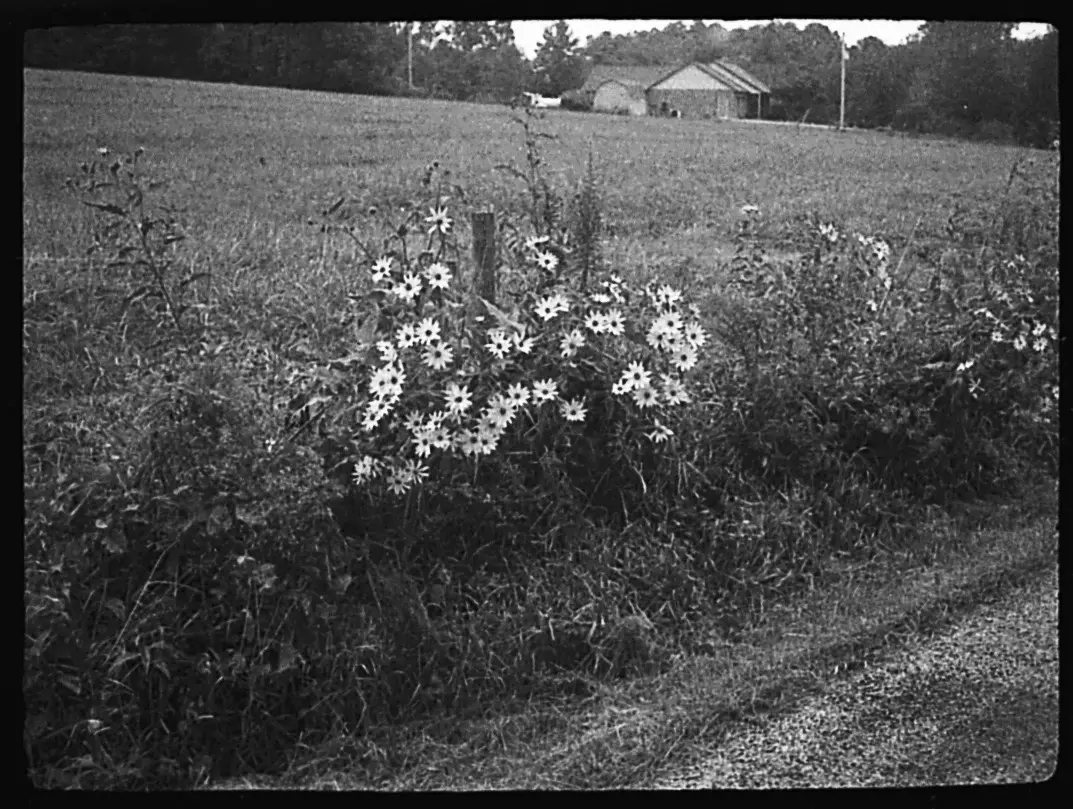
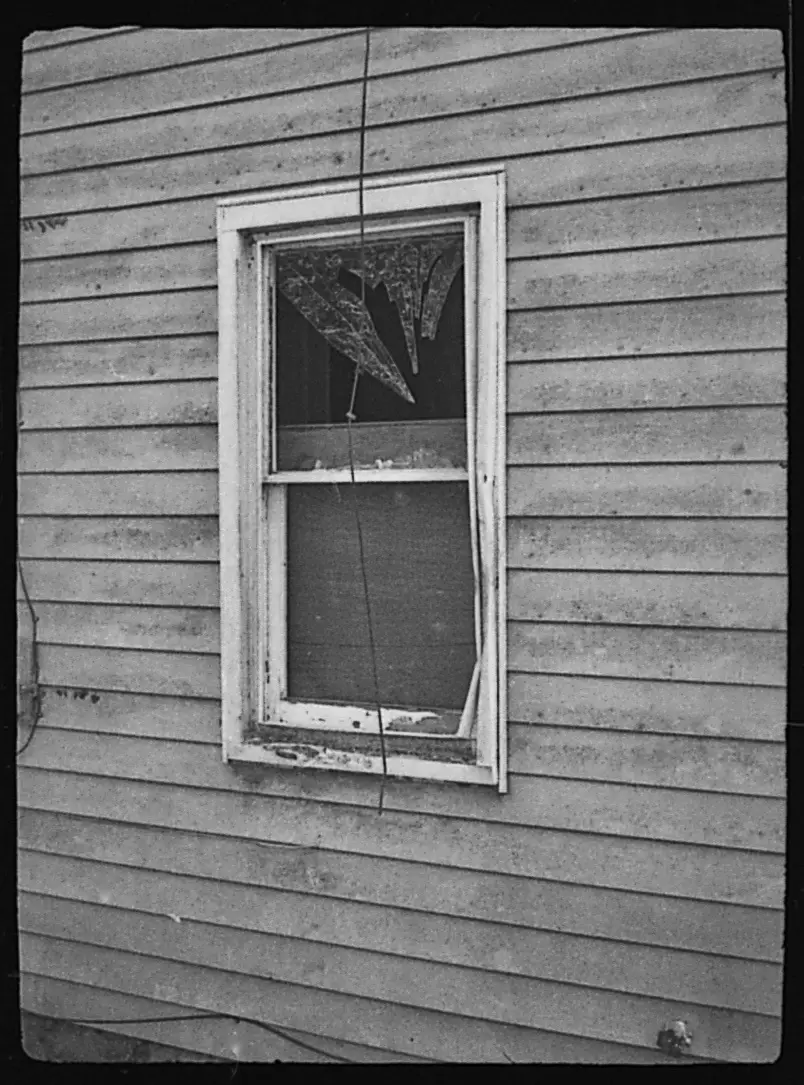
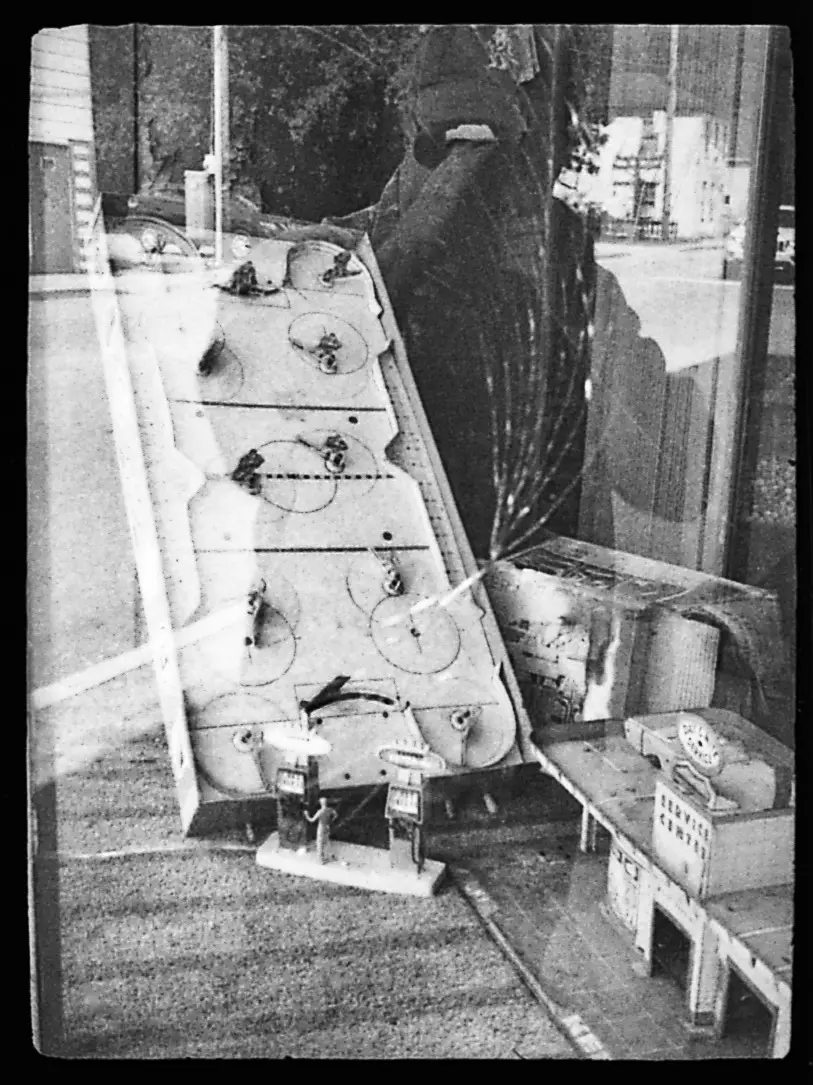
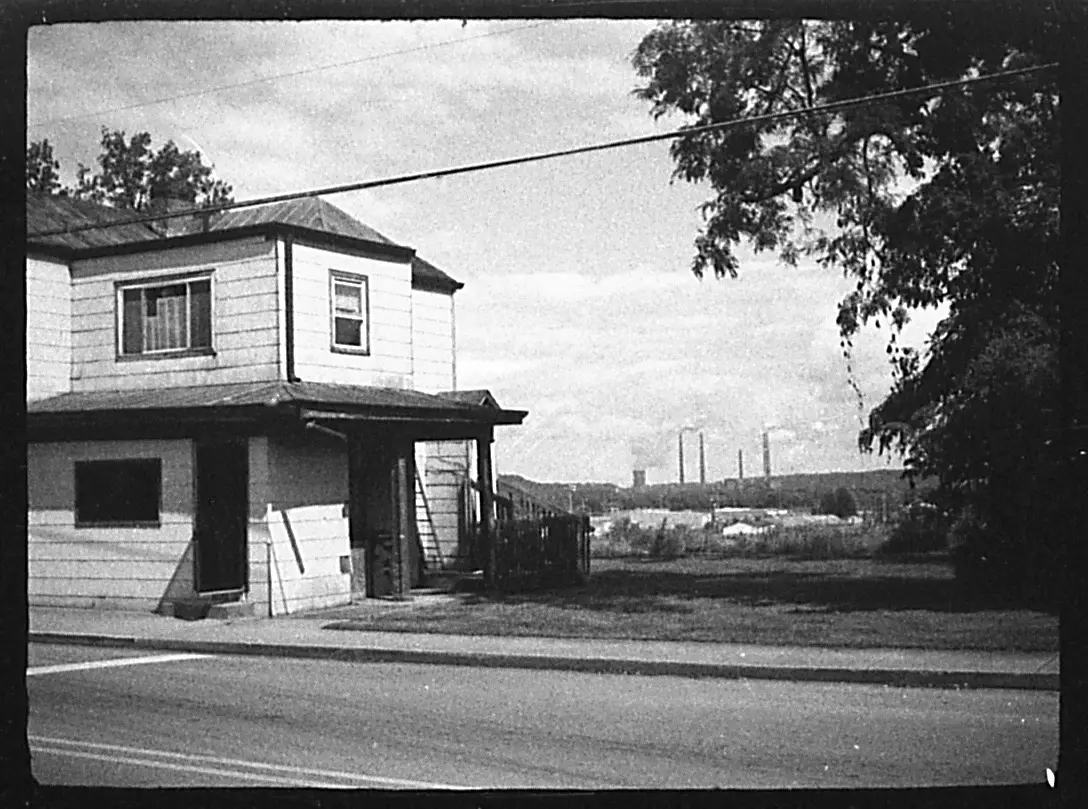
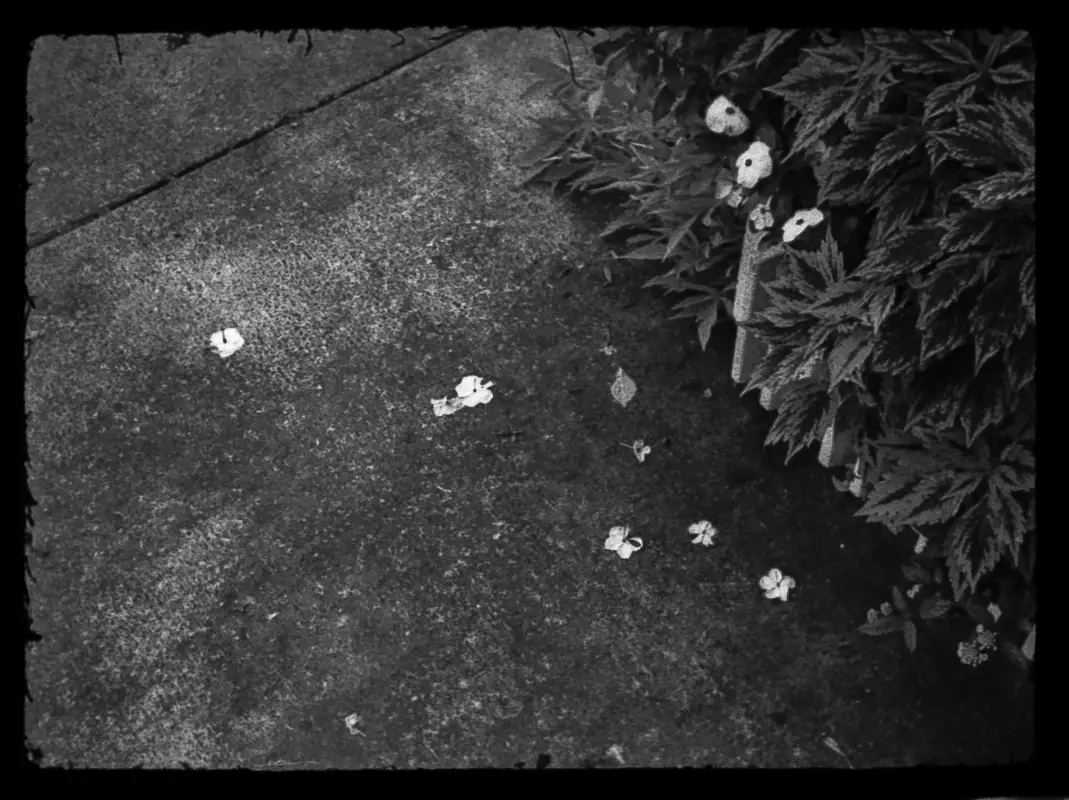
My photo stream is at https://www.flickr.com/photos/147631386@N03/
Share this post:
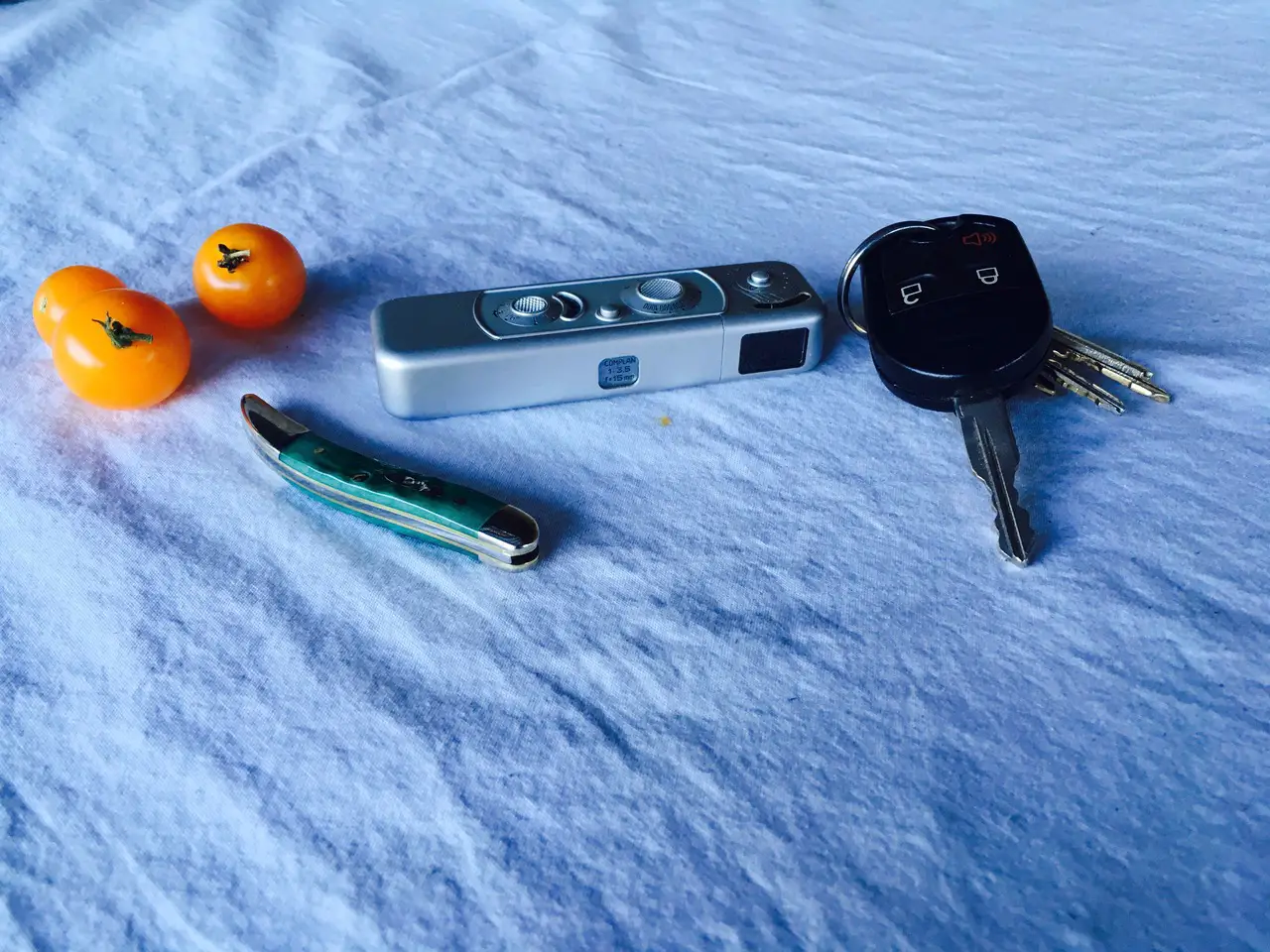
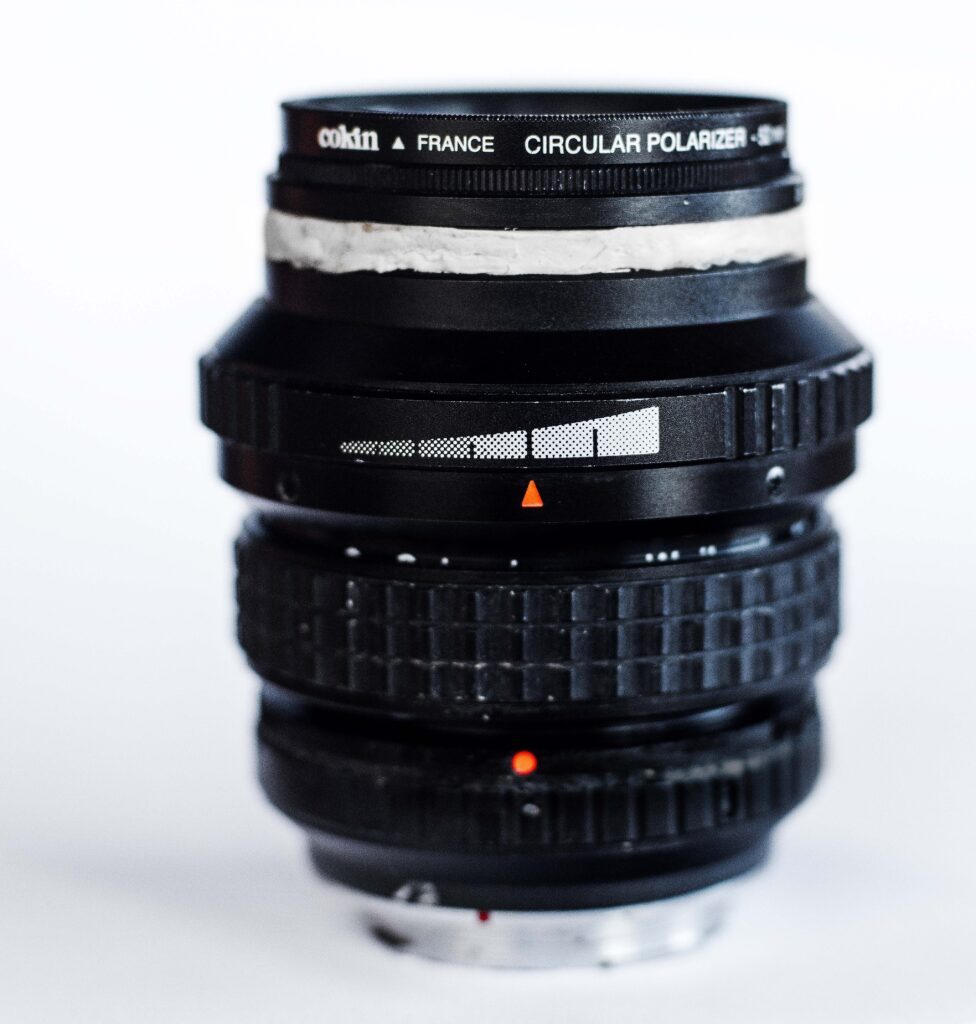
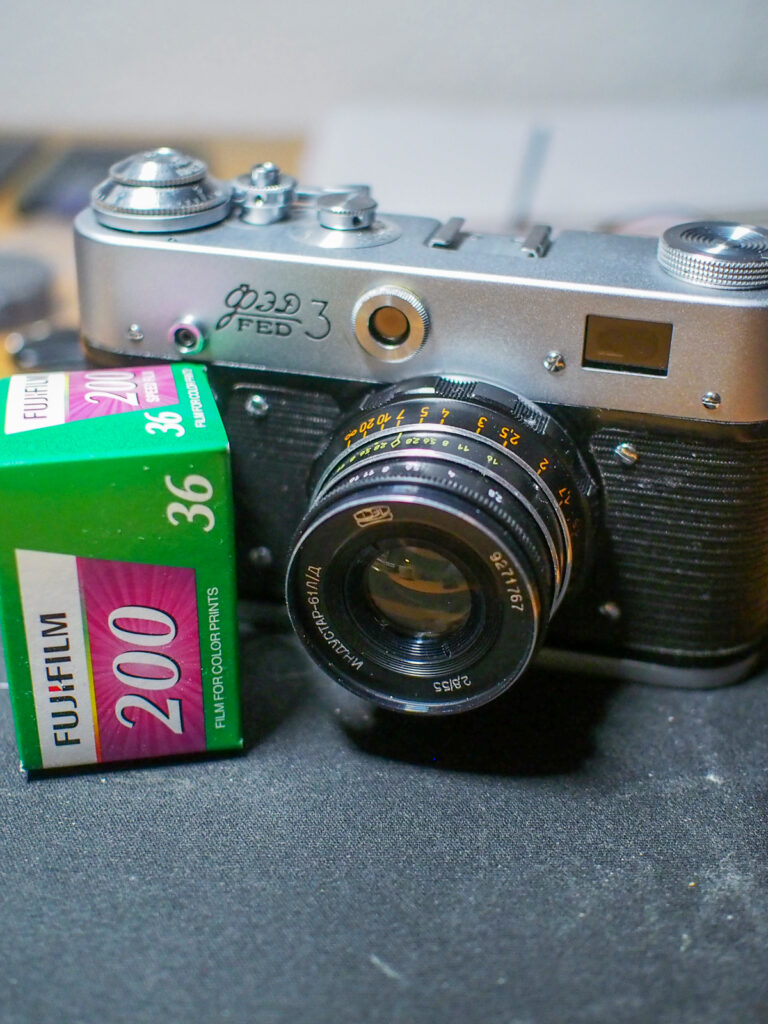
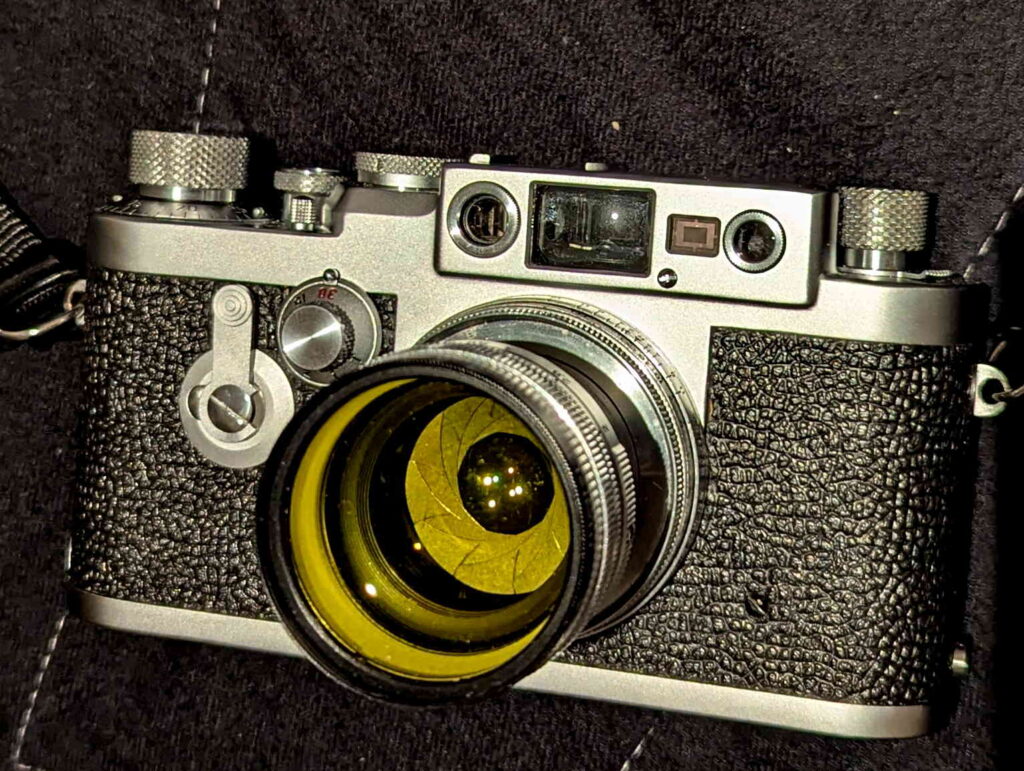





Comments
Doug on 5 Frames with a Minox B Subminiature Camera – By Wayne Pinney
Comment posted: 23/11/2017
Comment posted: 23/11/2017
Comment posted: 23/11/2017
Comment posted: 23/11/2017
Dan Castelli on 5 Frames with a Minox B Subminiature Camera – By Wayne Pinney
Comment posted: 23/11/2017
Now, the techie question: Ilford still makes film for the Minox? Do you use the specialized developing reels to process the film?
Anyway, thanks for the peek into the unique world of the camera. Now, if I can find my keys to my Aston Martin...
Dan Castelli on 5 Frames with a Minox B Subminiature Camera – By Wayne Pinney
Comment posted: 23/11/2017
Anyway, thanks for the peek into the unique world of the camera. Now, if I can find my keys to my Aston Martin...
Terry B on 5 Frames with a Minox B Subminiature Camera – By Wayne Pinney
Comment posted: 25/11/2017
Comment posted: 25/11/2017
Wayne on 5 Frames with a Minox B Subminiature Camera – By Wayne Pinney
Comment posted: 01/12/2017
I posted something that is inaccurate in my write-up. The ND filter is 3.5 stop. When you slide the ND filter into place, the meter is automatically adjusted so that the needle indication compensates for the filter. The small black dot on the exposure dial is to be used with the green filter, which does not automatically effect the needle indication.
The process of slitting and reloading the film is one of those things that seems cumbersome in description. In fact, once you have done it a few times, it is no more complex or difficult than rolling film into a reel for development. I am now at a point where I do the whole process in a dark bag. 24 exposure rolls of 35mm film are perfect size for the creation of 4 36 exposure Minox rolls. Once slitted, each strip is halved, lengthwise, to be brought to perfect length.
One other thing about the camera that I find enjoyable is the fact that the "zone focus" aspect of it works pretty well for me. With other zone focus cameras I owne and used, e.g. Rollei 35, missing focus can be a pretty frequent event, and result in un-useable photo. The Minox seems to be pretty forgiving in this regard,
Comment posted: 01/12/2017
Comment posted: 01/12/2017
John P on 5 Frames with a Minox B Subminiature Camera – By Wayne Pinney
Comment posted: 10/12/2017
I am curious what the best scanner would be for the format, however, as even 110 dwarfs a Minox negative.
Comment posted: 10/12/2017
Comment posted: 10/12/2017
Martin on 5 Frames with a Minox B Subminiature Camera – By Wayne Pinney
Comment posted: 17/04/2018
Thanks that is for the post. I had a couple more questions as I'm seriously consider getting a B (the batteries for the electronic versions seem difficult to come by).
Do you have an example of the slitter on eBay? I'm struggling to find any for sale anywhere except Jimmy Li (who's splitters looks great and I have a quote for, I just wanted to compare the market).
Have you tried developing the film in e.g. a Paterson tank? I saw a YouTube video in German showing a mod for the reel - do you have any more information about home developing of the Minox film?
Have you tried printing the negatives in an enlarger? Making a custom negative mask should be fine, but I am reading you need a short focal length lens (15-25mm) and possibly a recessed lens board for some enlargers. Do you know anything about this?
Cheers!
Comment posted: 17/04/2018
Adam on 5 Frames with a Minox B Subminiature Camera – By Wayne Pinney
Comment posted: 19/05/2018
First, one should note the old selenium cell meters are all aging and selenium cells degrade with light exposure. You're unlikely to get a B with an accurate meter - it could happen, but be prepared to experiment to find how "off" your meter is, or spend the cash to have it refurbished.
Developing tank: I used a capped and weighted 1/2" PVC pipe inside a 1" (I think) black/grey PVC pipe with caps. I simply spiralled the film emulsion side out down the smaller pipe and affixed it with rubber bands, then dropped that into the larger pipe which held the liquid. Developing had to be done in the dark, but I just measured out my chemicals beforehand, kept the workspace organized and used a watch with a lumed face to time the process, but turned it face down when film was exposed. The Minox tank is brilliant, and modified 35mm tanks work OK, but this worked out so well I would use my method to this very day, just because it was so cheap, so simple, so easy and used so little developer.
My film slitter was a channel of wood the width of 35mm film. In the dark, I'd lay the film in the channel, put a protective ribbon of paper over the film. Then I had a a block that consisted of 4 pieces of wood that sandwiched 3 razor blades 9-ish mm apart and the width of the whole block was 35mm. You slid this along the film paper sandwich which slit the film to the right width. I've seen a Minox film slitter more in line with commercial options on Thingiverse you could have 3D printed as well. I have a 3D printer and will definitely use that, though if I didn't I'd make another channel/ block configuration. The film slitters available are just so expensive.
I just used my 35mm enlarger for printing Minox. The largest I could print was 5x7 and print times were long but that was fine for me. Negative carrier was just plastic from a bag that bulk film comes in with an appropriate rectangle cut out of it, placed on my regular 35mm carrier. You could get a short FL enlarger lens, and depending on the lens, you might need to get an offset lens board. I plan on using my DSLR and making a rig to scan negatives with it.
Good luck! For me, most of the fun of submini is experimenting. Different films, different developers, making different equipment.
Kingson Lee on 5 Frames with a Minox B Subminiature Camera – By Wayne Pinney
Comment posted: 14/06/2018
According to the TLX manual, the exposure time could be increased by adjusting to a lower ASA. So maybe you can try to adjust down to ASA 50 for your ASA 100 films to double exposure time. The ND filter can be used also if it is really bright out there. I will try that once I received the Kodak Ektar 100 negatives from MS Hobbies. I will put some pictures into "5 frames with a Minox TLX" later.
Lili on 5 Frames with a Minox B Subminiature Camera – By Wayne Pinney
Comment posted: 21/11/2019
Now I have come full circle and have "B" again and and ECX on the way.
Michael S. Goldfarb on 5 Frames with a Minox B Subminiature Camera – By Wayne Pinney
Comment posted: 30/12/2021
These unique cameras are remarkable instruments capable of stunning results... with a perfectly exposed negative on fine-grain stock. Like any other camera design, they have their quirks and idiosyncrasies, and there's a learning curve to really getting the best out of that pinky-nail-sized negative. They're fantastic conversation pieces too: sometimes I still carry one of mine unloaded just to show it off... followed by a display of my best Minox shots on my phone, which always amazes folks.
I have a wooden flatbed film slitter that was built by a friend I used for many years with good results. As stated in the article, a 36-exposure 35mm roll yields FOUR 36-exposure Minox rolls, so film cost was dirt cheap! I used many kinds of 100-speed films (both because of their tighter grain than 400, and because I became very adept at estimating exposure for that speed), mostly T-Max 100 in later years. 100 may sound limiting, but because the Minox shutter produces zero vibration, with practice I could dependably handhold it at 1/20, 1/10, even 1/5.
My all-time favorite emulsion in the Minox was definitely Agfapan APX 100 back in the nineties. To my eye, it had the edge over both Plus-X and FP4 , and while not as fine grain, had much nicer tonality and smoother contrast than TMX... not to mention better latitude. (I also tried multiple developers, but always came back to trusty D-76.) Back when I used to print (on an Omega D-3v with a 50mm EL-Nikkor), I mostly made bordered 4x5s, as only the very best exposed and correctly focused Minox negs could make a good 5x7. I have always found scanning the tiny Minox negs difficult, which is one reason why I finally stopped shooting the III-s.
Anyway, if any of you are in the New York area (I'm about two hours north of the city in the Hudson Valley) and are interested in buying my Minox film slitter and some empty Minox cassettes, shoot me an email. I'm never going to use it again, and I'd be happy to sell it VERY reasonably to a contemporary Minoxer. I've got printed instructions on the procedure for its use, and after many years of experience, I can provide some useful tips on using it. (Note that it's a flatbed slitter which requires an actual darkroom: it's three feet long and WON'T fit in a changing bag!)
Raphael Avital on 5 Frames with a Minox B Subminiature Camera – By Wayne Pinney
Comment posted: 08/07/2023
Just wanted to mention to you, there is some incorrect information here
"The meter dial- should your meter actually work- is marked with a small dot to compensate for use of ND filter."
That, respectfully, is not quite it. When the camera was new, that tiny dot on the meter-dial, was the compensation for the green filter.
For the ND filter, the light-meter compensates automatically. If you open the camera "all the way" as if you were going to load film, you'll see that the meter separates from the camera. Look on the body of the camera in that space, you should see two copper prongs. Look across that open gap to the inner side of the light-meter section, and you'll see two "sockets" ready to accept those prongs. When the ND filter engages, it closes a circuit that informs the meter to compensate the light-reading.
I know this because on one of my two Minox B cameras, one of those "sockets" is broken so it fails to connect when I slide the ND filter all the way in. On the other one, nothing is broken and sliding the ND filter in front on the lens, I can indeed see the meter reacting.
The difference, by the way, is 2 stops with the ND filter, not one.
Hope this helps. Cheers!